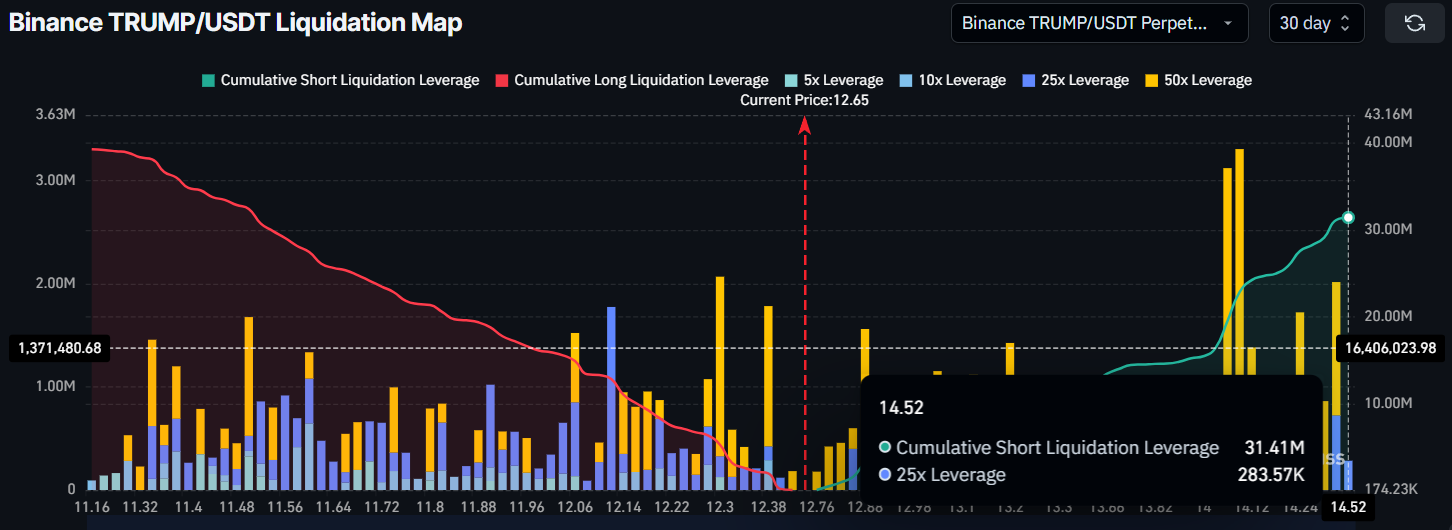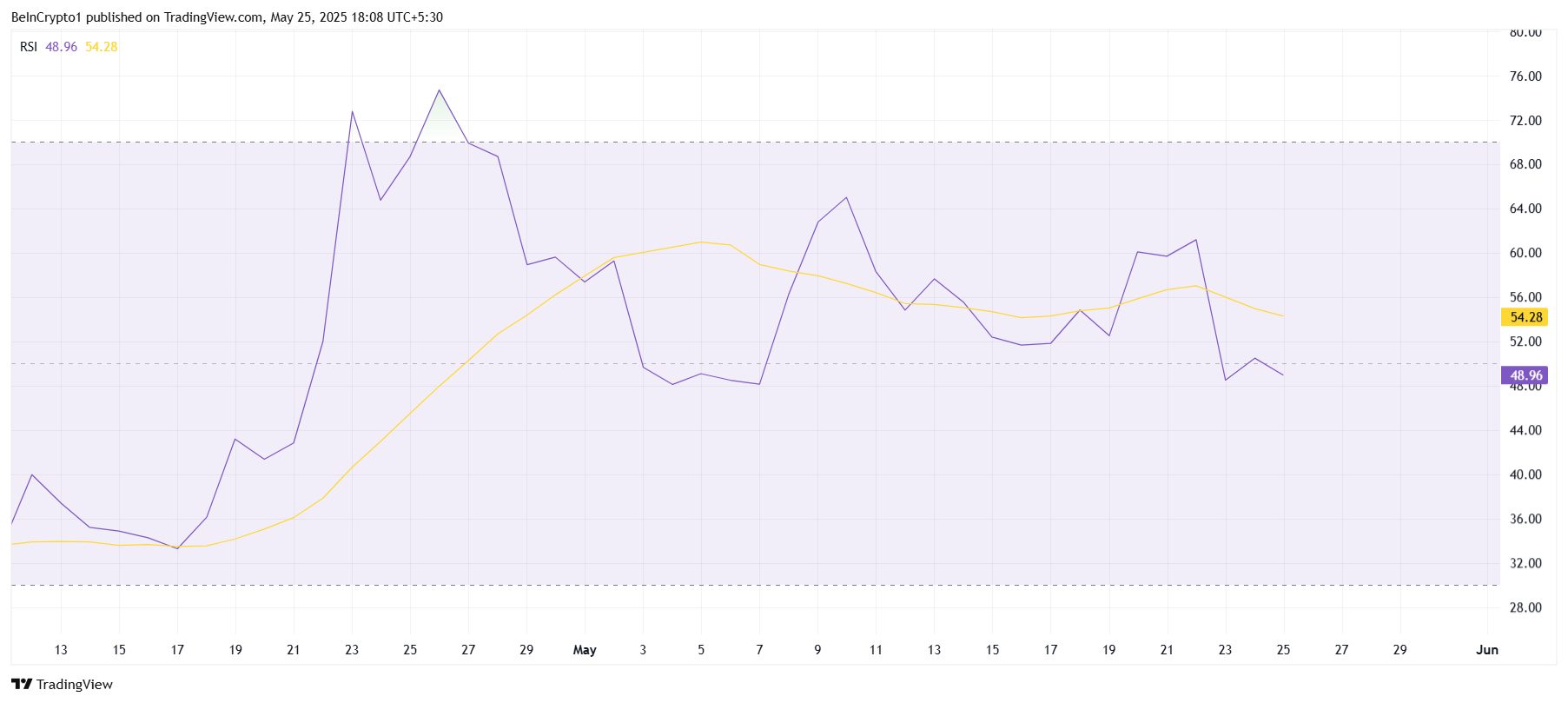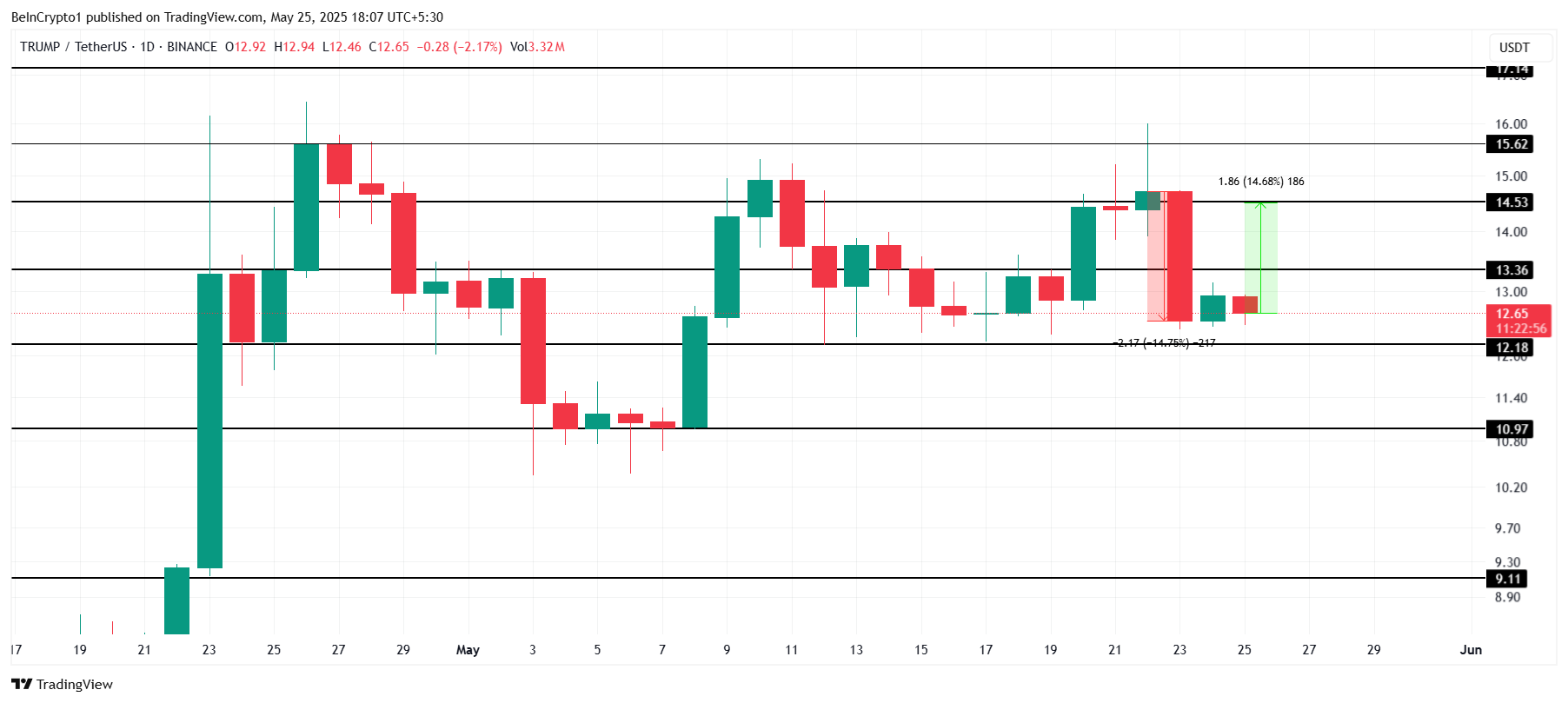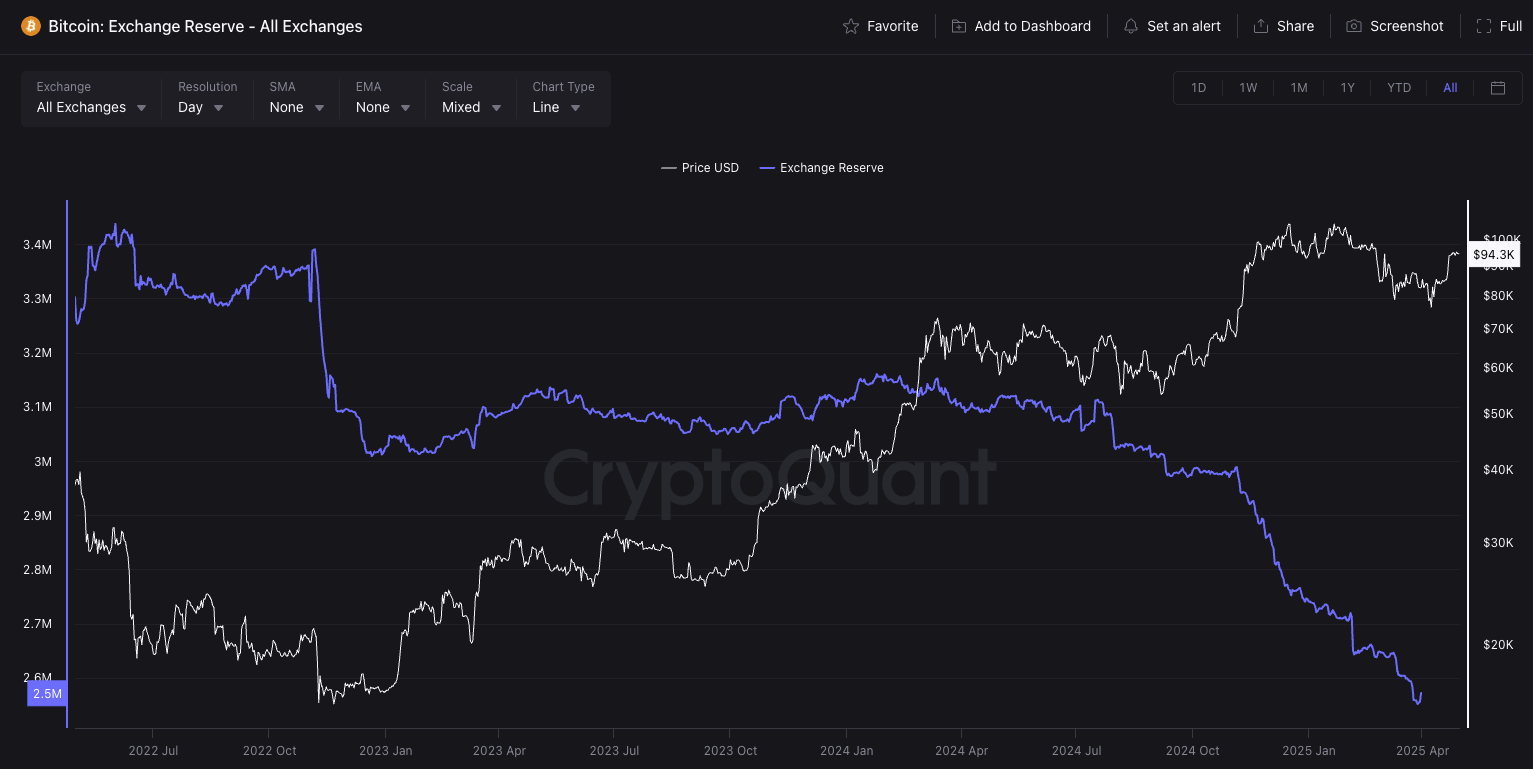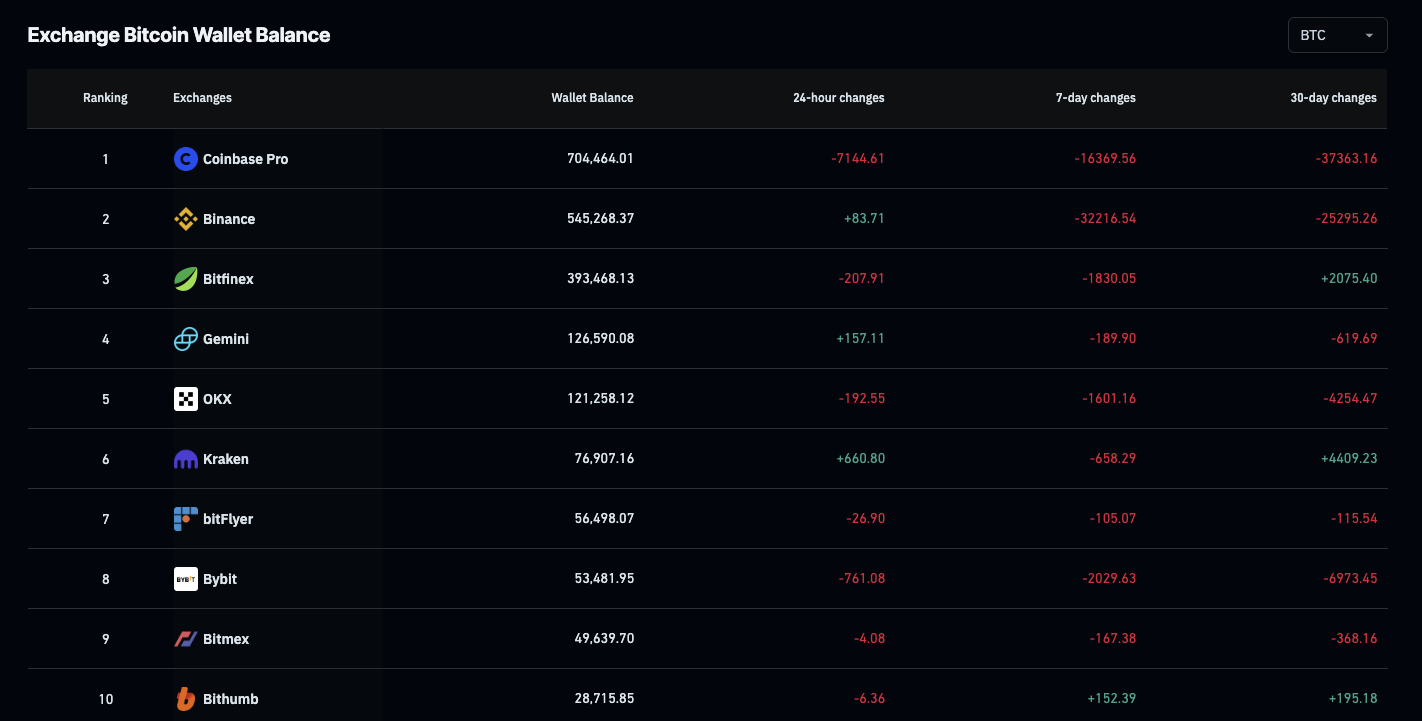In a mid-year outlook titled “The Future of BNB Chain: An Outlook for the Rest of 2025 & 2026,” the team behind BNB Chain detailed its roadmap, accomplishments, and vision to push blockchain toward true mass adoption.
BNB Chain plans to promote performance upgrades in 2025 and introduce native privacy and high-performance architecture in 2026. With ambitions to combine the speed of centralized exchanges with the freedom of decentralized blockchain, BNB Chain is entering a transition phase.
BNB Chain’s Performance
Struggling to balance performance, cost, and user control, BNB Chain is proving itself as one of the pioneering platforms driving technological advances beyond traditional limits. Entering 2025, this ecosystem focuses on improving user experience and prepares for a wave of technical breakthroughs in 2026.
The team said that in the first half of 2025, BNB Chain achieved remarkable improvements in technical performance. Block production time has been reduced to just 0.75 seconds, and transaction finality now takes only 1.875 seconds.
Thanks to these improvements, the network processed 12.4 million transactions and achieved an average transaction volume of $9.3 billion per day. Additionally, it set a record with 17.6 million transactions in a single day.
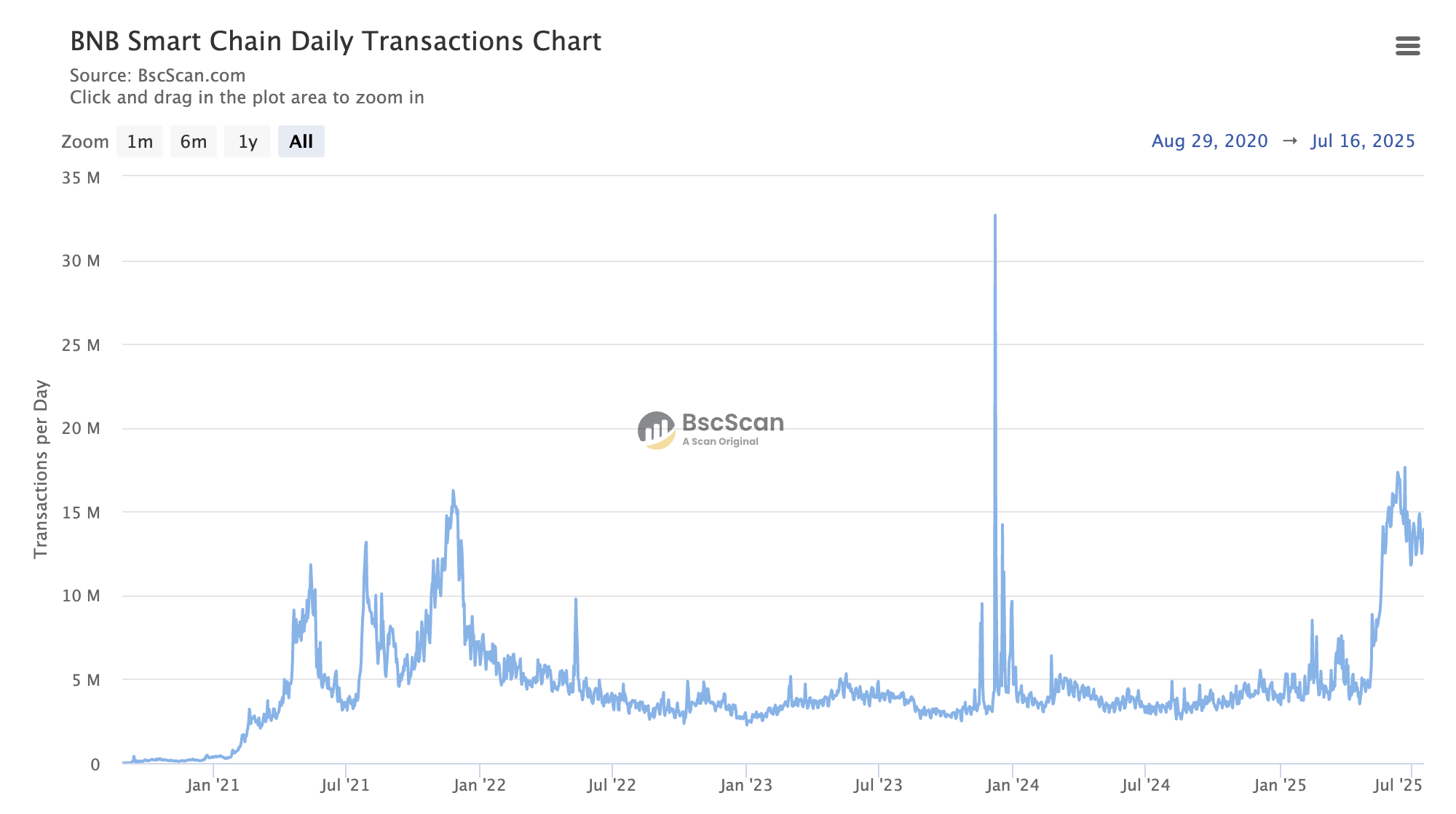
Average gas fees have been lowered to just $0.01, making BNB Chain one of today’s most cost-efficient blockchain networks. Notably, the platform also recorded a 95% reduction in harmful MEV activity, enhancing fairness in the on-chain experience.
BNB Chain Plans Massive Upgrade
These achievements are apparently only the beginning. BNB Chain is pursuing a broader vision—a next-generation blockchain infrastructure designed to compete directly with centralized exchanges (CEXs) in terms of performance.
“To achieve our next goal of providing a CEX like experience to serve millions of users, it’s clear that our current architecture faces natural limits. This comes as there’s been a wave of liquidity from centralized exchanges and traditional finance flowing onchain so we’re aiming to build the infrastructure to handle it,” the BNB Chain team said.
The project is rolling out a series of strategic innovations, including the development of a Rust-based client. It is also integrating “super instructions” to optimize transaction processing and upgrading StateDB to enhance scalability and data storage.
The ultimate goal is to make BNB Chain a blockchain 20 times more powerful than it is today. It aims to handle over 20,000 transactions per second (TPS) with sub-150 millisecond finality. This capability will be sufficient to support large-scale decentralized applications, ranging from Web3 games to complex financial platforms.
A particularly important milestone is BNB Chain’s efforts to build privacy natively into its core architecture. In a world where personal data is increasingly monitored, embedding privacy at the protocol level is a strategic move.
The project aims to serve over 200 million users, a figure highlighting ambitions beyond simply competing with existing chains.
With a roadmap that stretches from late 2025 into 2026, BNB Chain is no longer just a blockchain in the Binance ecosystem — it is redefining its role to become the core infrastructure of a high-speed, low-cost, user-controlled Web3 world.
The post BNB Chain Targets 20,000 TPS and Native Privacy in 2026 appeared first on BeInCrypto.



